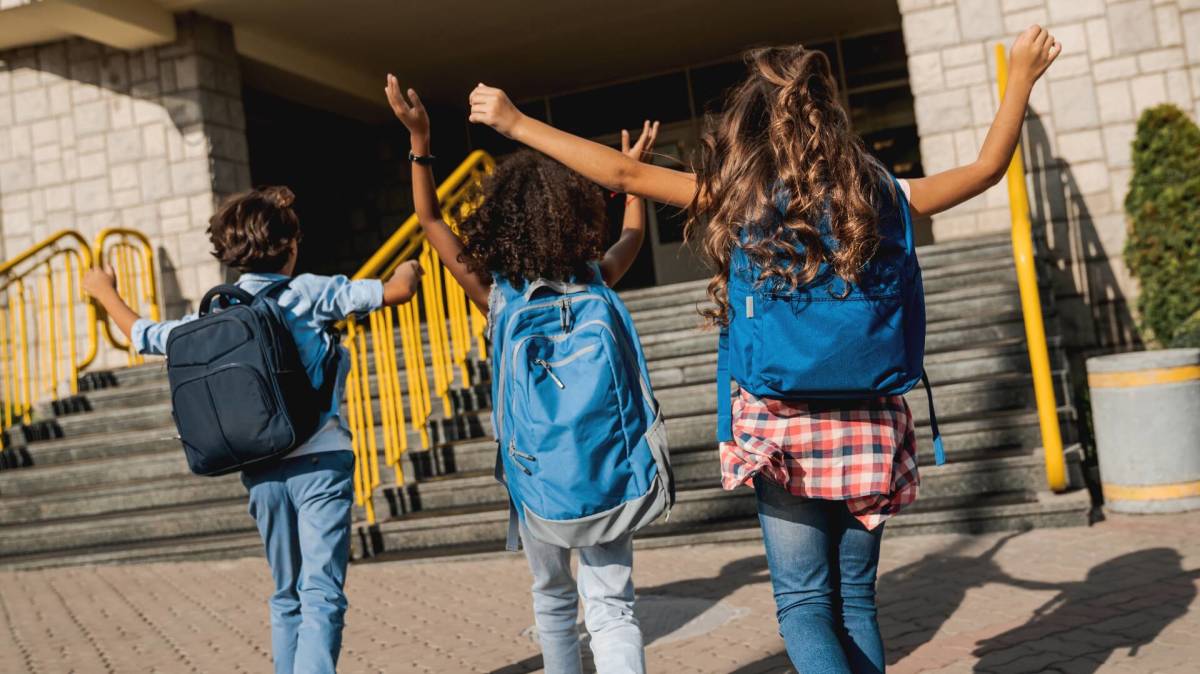[ad_1]
As kids, most of us had a love-hate relationship with back-to-school shopping.
Many remember the excitement of trading their old backpack for a cool new one so they could show off to friends at school. Of course, a matching pencil bag and notebooks with fun designs were also a priority.
Planning that first-day-of-school outfit also required strategic thinking, since it would be the first impression everyone would get of us after a long summer break.
💵💰 Don’t miss the move: Subscribe to TheStreet’s free daily newsletter 💵💰
The stakes were high — if the outfit or school supplies turned out to be a flop, you risked not fitting in with the cool crowd or getting roasted by other classmates.
Returning to school meant reuniting with friends and discovering if you had fun teachers. However, the dread of going back to doing piles of homework and reading useless novels is something many would rather not relive.
Related: When you’ll see empty retail store shelves due to tariffs
Lately, the uncertain state of the economy has put many parents in a more challenging position, leading them to cut back on unnecessary spending to prioritize more critical necessities.
So what does this mean for back-to-school purchases?
Image source: Shutterstock
Back-to-school shopping faces economic pressures
Money has been tight for many, leading some to postpone their yearly family vacations until further notice.
Yet despite looming tariffs that threaten price increases and supply-chain headaches, retailers are doing everything in their power to provide value to consumers so they can also profit from the seasonal spending.
Related: Discount retailer offers lower prices in area Walmart, Target dominate
For example, major retail chains like Target (TGT) and Walmart (WMT) have launched summer sales events promoting lower prices on back-to-school products.
Back-to-school shopping proceeds as usual
Despite it all, nearly three-fourths of consumers expect to spend the same or more on back-to-school shopping this year, with more than one in three anticipating spending more than they did last year, according to PwC’s latest consumer survey.
Technology is a priority for this year’s school supplies list. One quarter of parents plan to spend more than $500, considering that technology is usually pricier than notebooks or pencils.
More Retail News:
- Bankrupt retail chain makes major comeback, reopens new stores
- Major grocery chain using self-driving robots for deliveries
- Walmart is selling popular Starbucks ‘dupe’ that saves fans big money
However, consumers are not shopping indiscriminately. Many value-conscious parents will cut back on some categories, with 37% reporting only purchasing items on sale.
“A lot of it is necessities,” said PWC U.S. Retail Lender Kelly Pedersen. “This is just necessary spend every year.”
Related: Veteran fund manager unveils eye-popping S&P 500 forecast
[ad_2]

